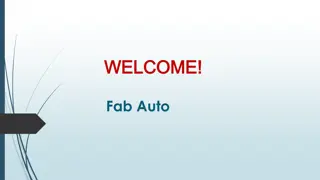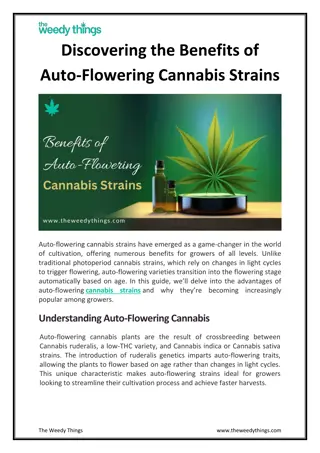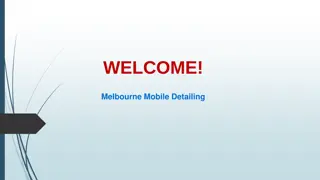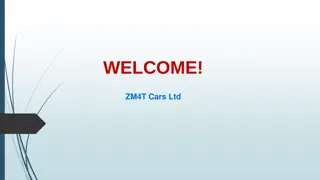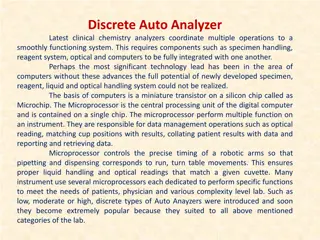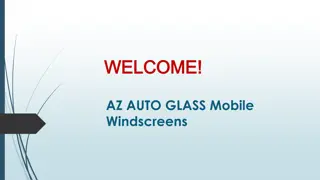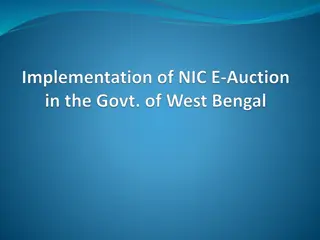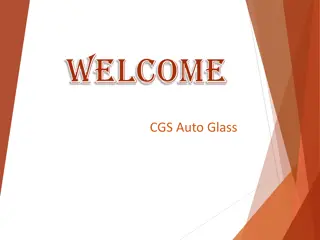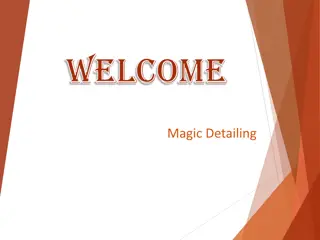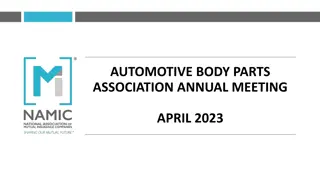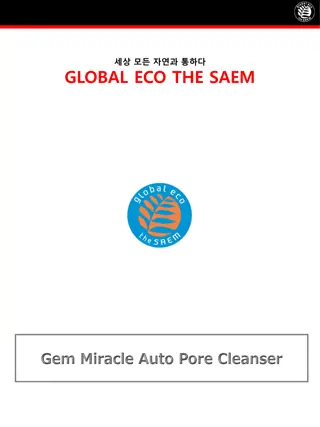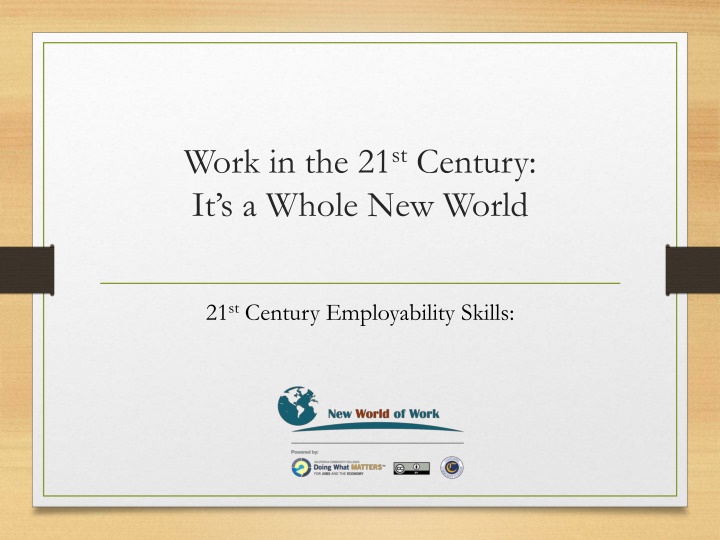
21st Century Employability Skills and Attributes for Success
Discover the essential skills and traits needed for success in the ever-evolving 21st-century workplace, including adaptability, analysis/solution mindset, collaboration, and communication. Embrace change, diverse teams, critical thinking, and effective communication to thrive in the modern work environment.
Download Presentation

Please find below an Image/Link to download the presentation.
The content on the website is provided AS IS for your information and personal use only. It may not be sold, licensed, or shared on other websites without obtaining consent from the author. If you encounter any issues during the download, it is possible that the publisher has removed the file from their server.
You are allowed to download the files provided on this website for personal or commercial use, subject to the condition that they are used lawfully. All files are the property of their respective owners.
The content on the website is provided AS IS for your information and personal use only. It may not be sold, licensed, or shared on other websites without obtaining consent from the author.
E N D
Presentation Transcript
Work in the 21stCentury: It s a Whole New World 21stCentury Employability Skills:
Quick Stats A college degree used to correlate to about a 40 year career Gen-Xers who graduated from college from 1986-1990 averaged two job changes in their first ten years of employment Millennials can change jobs four or more times in their first ten years of employment Modern workers aren t just changing jobs, they often change to completely different industries
Adaptability Notices when things change, like new technology or new responsibilities, and sees it as an opportunity rather than being negative about it. Open to new experiences by trying out different work environments, roles, and tasks. Considers a variety of viewpoints and suggestions to get the job done. Can handle normal amounts of stress, use feedback in a positive way, and learn from things that go wrong.
What is an Analysis/Solution Mindset? Considering different viewpoints and putting effort into understanding why information may be presented in a certain way. Looking at the bigger picture of the work situation, community, or society when solving problems. Examining information and data using critical thinking skills. Taking time to think about different ways of solving a problem and testing out ideas to see which one is best.
Primary Attributes (Traits) of Collaboration: 1. An understanding that a diverse team, in person or remote, benefits everyone. Willing to use technology to assist in team tasks. 3. Sharing leadership by gathering ideas and using the skills of all team members. Offering help and encouraging everyone to share responsibilities. 2. A respect for people s differences while at the same time finding what they have in common that allows the team to work together. 4. Finding positive ways to deal with conflict amongst team members and seeing failure as a way to learn.
4 Primary Attributes of Communication 1. Speaks in a professional manner, uses appropriate content, and says things in a way that others will understand. 2. Can communicate using technology tools like email, LinkedIn, or PowerPoint slide shows. Knows how to use social media appropriately in work settings. 3. Knows how to choose words wisely and use non- verbal communication to make meaning clear. When writing uses correct spelling and grammar to make meaning clear. 4. Is an attentive listener and asks questions or repeats back what was heard to make sure everything was understood correctly.
Primary Attributes (Traits) of Empathy: 3. Develops good relationships with people from different backgrounds and cultures by showing they are respected and valued. 1. Knows the difference between empathy (putting yourself in someone else s shoes) versus sympathy (feeling sorry for/ understanding what someone is going through) and knows when to use one approach or the other. 4. When working with clients or customers, makes decisions based on client or customer needs and points of view, and asks how satisfied they are with the outcome. 2. Connects with others by being a good listener, asking questions help understand what the other person is feeling, being honest, and mirroring positive nonverbal communication to build trust.
Resilience: Attributes Bounces back when things go wrong. Figures out what happened and how to learn from it when making future decisions. Listens to others views while also speaking up for oneself in order to learn from feedback and resolve conflicts Believes in personal growth and change by seeing new knowledge and skills as a way of life, not just a one-time thing. Sets priorities and goals, anticipates possible consequences, and has back-up plans.
Diversity: Gender & Ethnicity Values diversity in the workplace, including gender, sexual orientation, ethnicity, and age. Understands these differences can actually improve products, services, or work processes. Develops and improves relationships with people of different backgrounds and beliefs by improving self- awareness, sensitivity to others feelings, and professionalism. Respectful of differences in others backgrounds and beliefs in local communities and the world at large. Uses social or cultural differences to help expand the concept of what is normal and uses this to generate new ideas.

